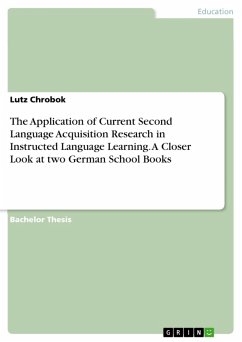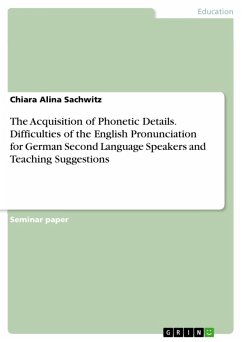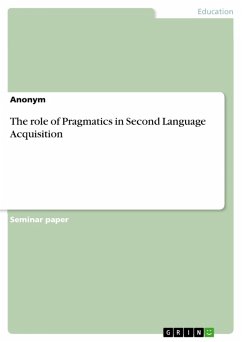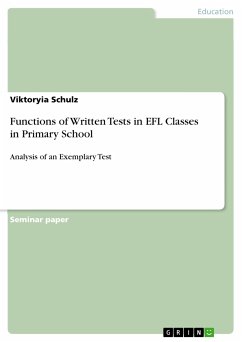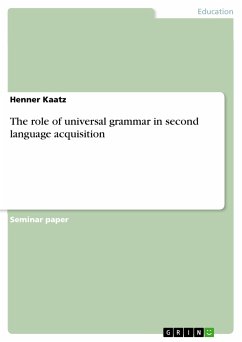Seminar paper from the year 2006 in the subject Didactics - German Studies, grade: 2,0, University of Münster, language: English, abstract: Reading and writing is one of the most important skills that a person must acquire in order to survive in a society like ours and not be excluded. Life without these skills is almost impossible and comes with a high level of complications and compromises. In 2003, almost 862 million people were illiterate worldwide. One of the main tasks of a primary school teacher is that he teaches his pupils how to read and write and is able to understand the processes of writing development. Especially in the last 20 years, experts have increasingly dealt with the topic of written language acquisition. It was not until 1976 that the term written language acquisition was introduced into the German discussion, first by Weigl and later primarily by Brügelmann. Not least because of the PISA studies, society was once again confronted with this topic and its related problems. But how do you actually learn to read and write? What are the requirements for a child to learn to read and write? What stages and phases does it go through? I would like to deal with these questions in my paper. I will present three development models of written language acquisition in detail and then make a short critical review. I chose the models by Günther, Valtin and Spitta because they are among the most up-to-date development models and were also presented in the advanced seminar "Written Language Acquisition and Spelling". I would also like to ask myself what development models achieve and why they were chosen for written language acquisition.
Dieser Download kann aus rechtlichen Gründen nur mit Rechnungsadresse in A, B, BG, CY, CZ, D, DK, EW, E, FIN, F, GR, HR, H, IRL, I, LT, L, LR, M, NL, PL, P, R, S, SLO, SK ausgeliefert werden.




